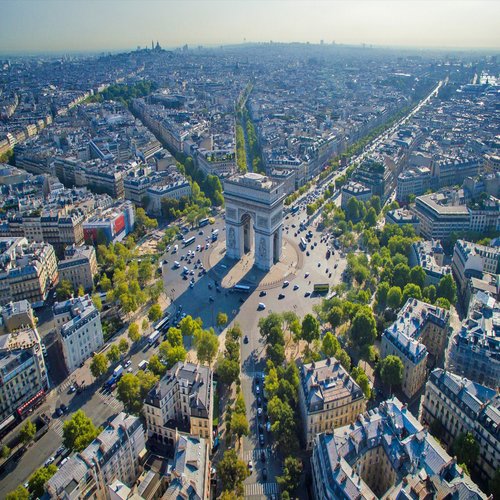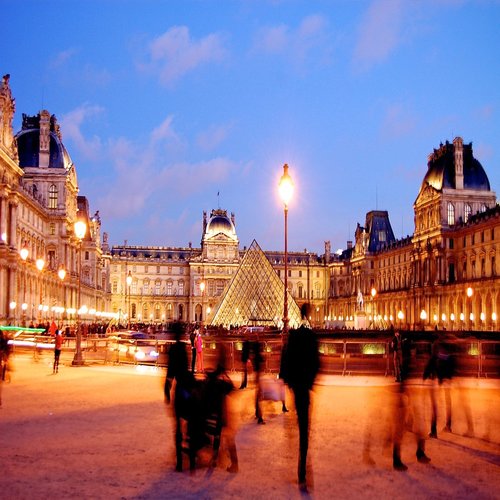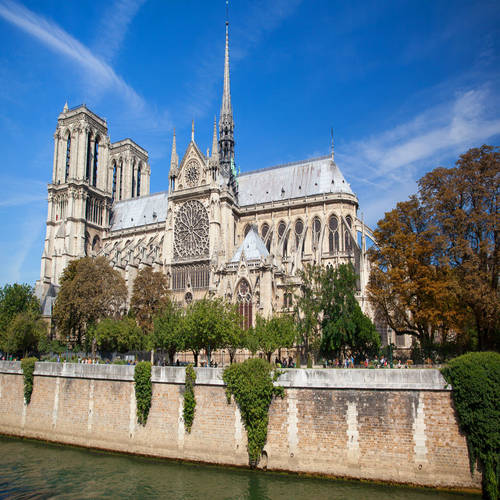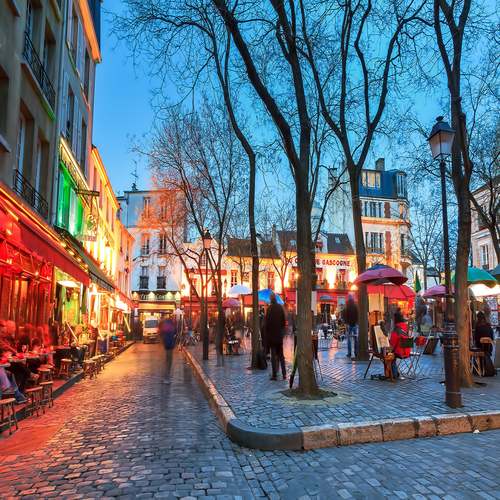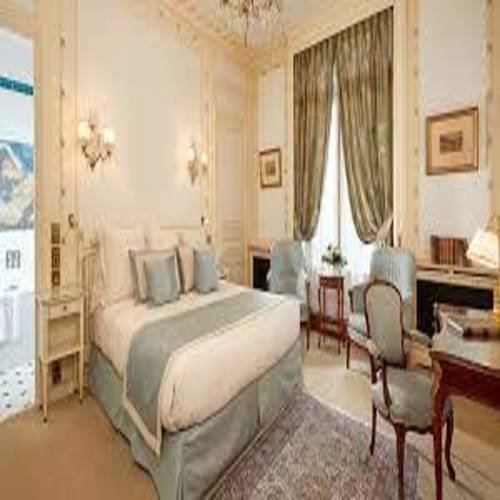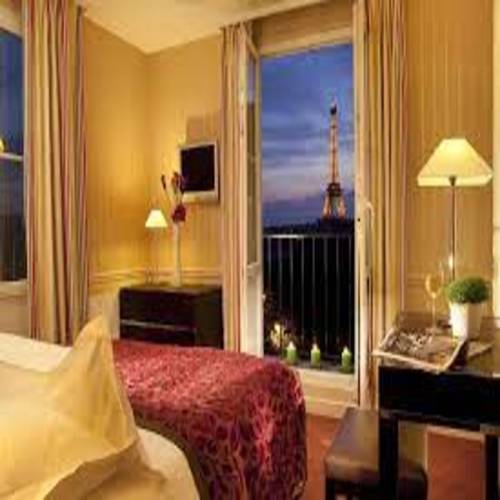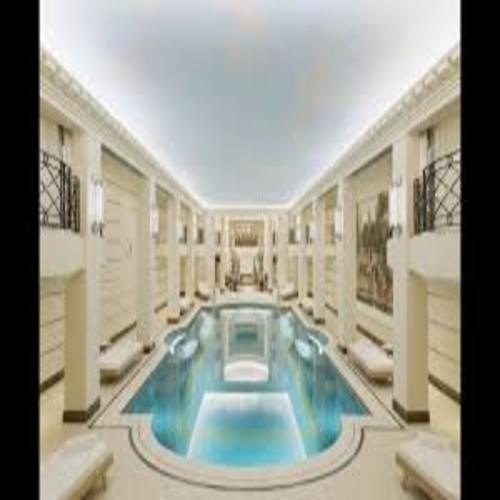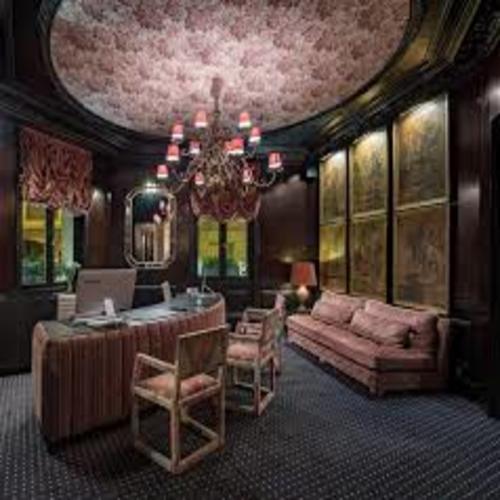Paris is the capital city of France.The French historic, political and economic capital, with a population of only 2.5 million is located in the northern part of France.One of the most beautiful cities in the world. Home to historical monuments such as Notre Dame, the Eiffel tower (320m), Bastille, Louvre and many more. Much of the city was re-designed by Haussmann in the 19th century.Paris has a population of more than 2.5 million people, and the city is divided into 20 "arrondissements" (districts) which are numbered 1 to 20.The river Seine divides the city into the Rive Gauche on the south and the Rive Droite on the north banks of the river. The river is still very busy with commercial barges transporting cargo in and out.
Directions
How to travel to Paris, France:
By Railways:
A central hub of the national rail network, Paris' six major railway stations (Gare du Nord, Gare de l'Est, Gare de Lyon, Gare d'Austerlitz, Gare Montparnasse, Gare Saint-Lazare) and a minor one (Gare de Bercy) are connected to three networks: the TGV serving four high-speed rail lines, the normal speed Corail trains, and the suburban rails (Transilien).
By Métro, RER and tramway:
Paris's Métro network has grown to become the city's most widely used local transport system; today it carries about million passengers daily through and of rails. Superimposed on this is a 'regional express network', the RER, whose five lines of rails connect Paris to more distant parts of the urban area , the Paris region is served by a light rail network of nine lines, the tramway which is operated by the state rail carrier SNCF. Five new light rail lines are currently in various stages of development.
By Air:
Paris is a major international air transport hub with the 5th busiest airport system in the world. The city is served by three commercial international airports: Paris–Charles de Gaulle, Paris–Orly and Beauvais–Tillé Airport. Internationally, air traffic has increased markedly in recent years between Paris and the Gulf airports, it was the 5th busiest airport in the world by international traffic and it is the hub for the nation's flag carrier Air France.
By Motorways:
The city is also the most important hub of France's motorway network, and is surrounded by three orbital freeways: the Périphérique, which follows the approximate path o around Paris, the motorway in the inner suburbs, and finally the Francilienne motorway in the outer suburbs. Paris has an extensive road network.
By Waterways:
The Paris region is the most active water transport area in France, with most of the cargo handled by Ports of Paris in facilities located around Paris. The rivers Loire, Rhine, Rhone, Meuse, and Scheldt can be reached by canals connecting with the Seine, which include the Canal Saint-Martin, Canal Saint-Denis.
By Cycling:
There are 440 km of cycle paths and routes in Paris. These include piste cyclable (bike lanes separated from other traffic by physical barriers such as a kerb) and bande cyclable (a bicycle lane denoted by a painted path on the road). Some are specially marked bus lanes are free to be used by cyclists, with a protective barrier protecting against encroachments from vehicles.Paris offers a bike sharing system called Vélib' which can be rented for short and medium distances including one way trips.


